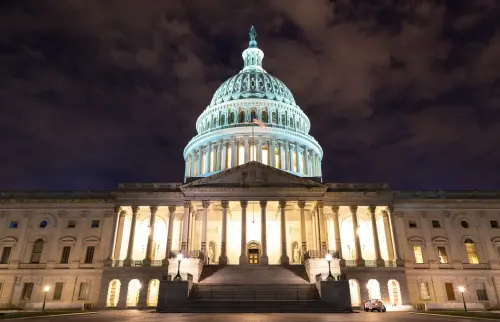A more than 20-year old program, long underutilized, is slowly emerging as a potential lifeline for regional economic development for some metro areas and states at a time when traditional financing streams are running dry.
The EB-5 Immigrant Investor Visa program—created as part of the Immigration Act of 1990—allocates 10,000 green cards per year to foreigners who invest $1 million (or $500,000 in a targeted employment area) in qualifying U.S. businesses that create or preserve at least 10 jobs. Three thousand green cards are set aside annually for designated “regional centers” as part of the EB-5 Regional Center Pilot Program created by Congress in 1992 with the purpose of concentrating pooled investments in defined economic zones.
Even though the EB-5 program has been around since 1990, it is only in the last few years that state and local economic development officials have begun to look toward using EB-5 for development in target sectors. Austin, Tex. has recently proposed creating the state’s first regional center that will focus specifically on green tech and renewable energy projects. It would be one among eight other regional centers in Arizona, California, Michigan, and Nevada that are geared toward renewable energy development. Other regional centers have focused on other industry sectors with considerable success, such as the redevelopment of former military bases into mixed-use projects.
The Immigrant Investor Program has had its share of problems, which accounts for its low use since being introduced more than two decades ago. The latest data reveals that since being established, the EB-5 program has so far created 43,300 full-time jobs and attracted more than $2.2 billion, with half of this happening just since 2008. While the $2.2 billion number is small (annualized that is just over $100 million a year, a fraction of $236 billion the U.S. brings in foreign direct investment), in the current economic context this source of international financing can make a difference for local projects and the communities that host them.
The complexity of the application process, the uncertainty of meeting the requirements and the long adjudication process to move from conditional to permanent residency have been cited as stumbling blocks for potential investors in a study by the GAO. Add to those a complex international set of intermediaries, little oversight of the marketing of EB-5 visas, and unclear guidelines regarding the measurement of job creation, and the proposition weakens for many potential investors.
Nonetheless, local leaders like Mayor Leffingwell of Austin may be onto something by focusing on green energy, a sector that Austin “has in its DNA,” which might be very attractive to foreign investors—especially those from China, which has aggressively set its sights on leading the global clean energy race. While the immigrant investor program should not be viewed as a magic bullet, it is more likely that carefully vetted projects that fit into local development plans can have success.
Indeed, as noted in Brookings’ recent report outlining an economic development agenda for Nevada, one of Nevada’s most promising routes to attracting investment in its identified target sectors is by strategically making use of the EB-5 program. Other regions can similarly make use of the so far underutilized EB-5 program to attract much needed inward investment into their target sectors. EB-5 investment financing should be viewed as one piece of funding within a broader global engagement strategy.
The Brookings Institution is committed to quality, independence, and impact.
We are supported by a diverse array of funders. In line with our values and policies, each Brookings publication represents the sole views of its author(s).



Commentary
EB-5 Visas: A Smarter, Cleaner Plan
April 5, 2012